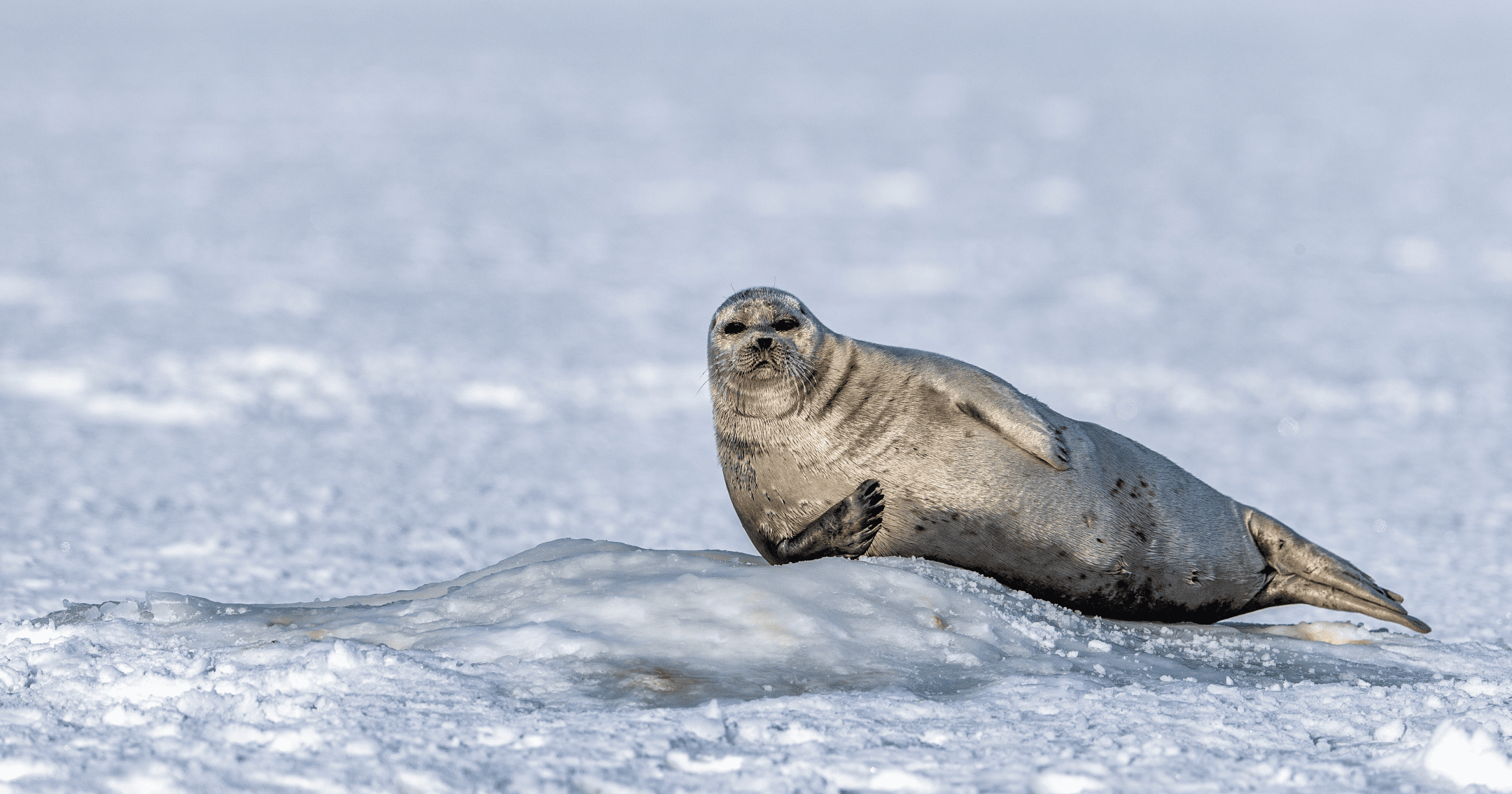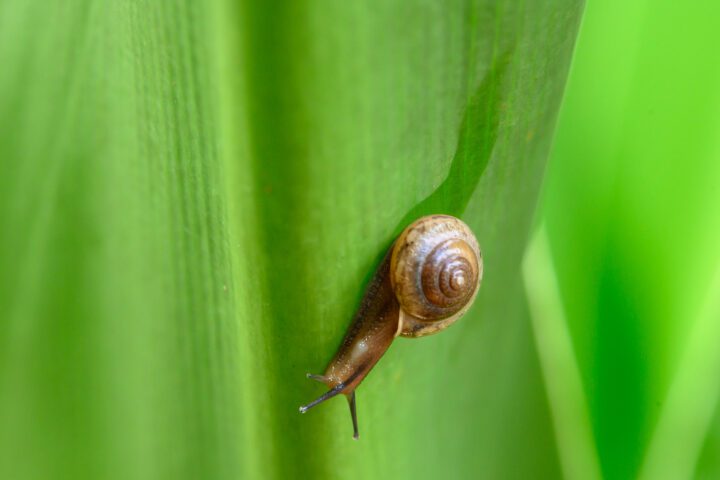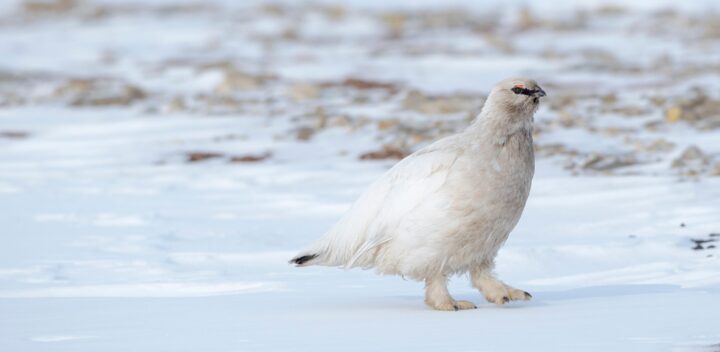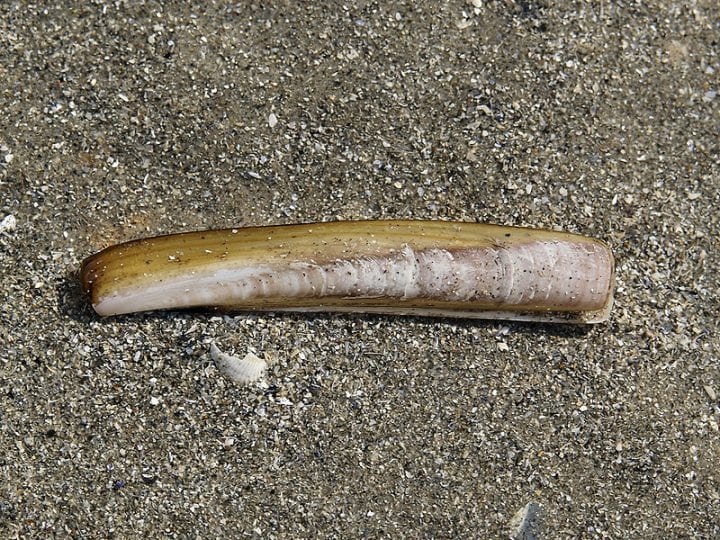Move in/on Solids
To obtain needed resources or escape predators, some living systems must move on solid substances, some must move within them, and others must do both. Solids vary in their form; they can be soft or porous like leaves, sand, skin, and snow, or hard like rock, ice, or tree bark. Movement can involve a whole living system, such as an ostrich running across the ground or an earthworm burrowing through the soil. It can also involve just part of a living system, such as a mosquito poking its mouthparts into skin. Solids vary in smoothness, stickiness, moisture content, density, etc, each of which presents different challenges. As a result, living systems have adaptations to meet one, and sometimes multiple, challenges. For example, some insects must be able to hold onto both rough and slippery leaf surfaces due to the diversity in their environment.
Modify Position
Many resources that living systems require for survival and reproduction constantly change in quantity, quality, and location. The same is true of the threats that face living systems. As a result, living systems have strategies to maintain access to shifting resources and to avoid changing threats by adjusting their location or orientation. Some living systems modify their position by moving from one location to another. For those that can’t change location, such as trees, they modify position by shifting in place. An example of an organism that does both is the chameleon. This creature can move from place to place to find food or escape predators. But it also can stay in one place and rotate its eyes to provide a 360-degree view so that it can hunt without frightening its prey.







